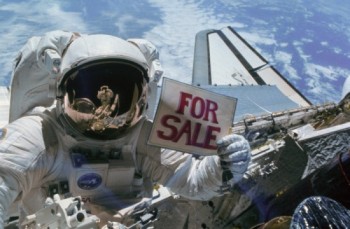The consolidation of the Russian aerospace industry continues as the government considers taking over privately owned Sea Launch.
The Russian government will a take closer look at the idea of buying commercial launch services provider Sea Launch, which is owned by a top Russian space contractor but whose key assets are based in California, Russia’s Deputy Prime Minister Dmitry Rogozin said Feb. 19. Moscow has asked the Russian space agency, Roscosmos, and Russian manufacturer RSC Energia, which holds 95 percent of Swiss-registered Sea Launch, to submit an overview of the financial situation of the maritime launch services company, Rogozin said in remarks posted on the Russian Cabinet website. The Russian government holds 38 percent of Energia, which supplies the upper stage of the Sea Launch rocket.
Should the government go forward with the deal, it likely would move the oceangoing rocket pad and command ship from Long Beach, Calif., to a Russian port on the Pacific Ocean, Rogozin said. “Something tells me that if we go for it, then the base will definitely be outside the United States,” he said.
Without question the Putin government is trying to recreate the top-down centralized system that existed during the Soviet era, with everything controlled and even owned by the government. While this might please their love of power, I doubt it will be an effiicent way to compete in the open commercial market.
Which means this consolidation is a wonderful opportunity for the new private launch companies. Soon, Russia will be out of the market, focused instead on launching Russian only satellites and spacecraft.
Posted from Rome, Italy. I am between flights, awaiting my connection to Tel Aviv.

